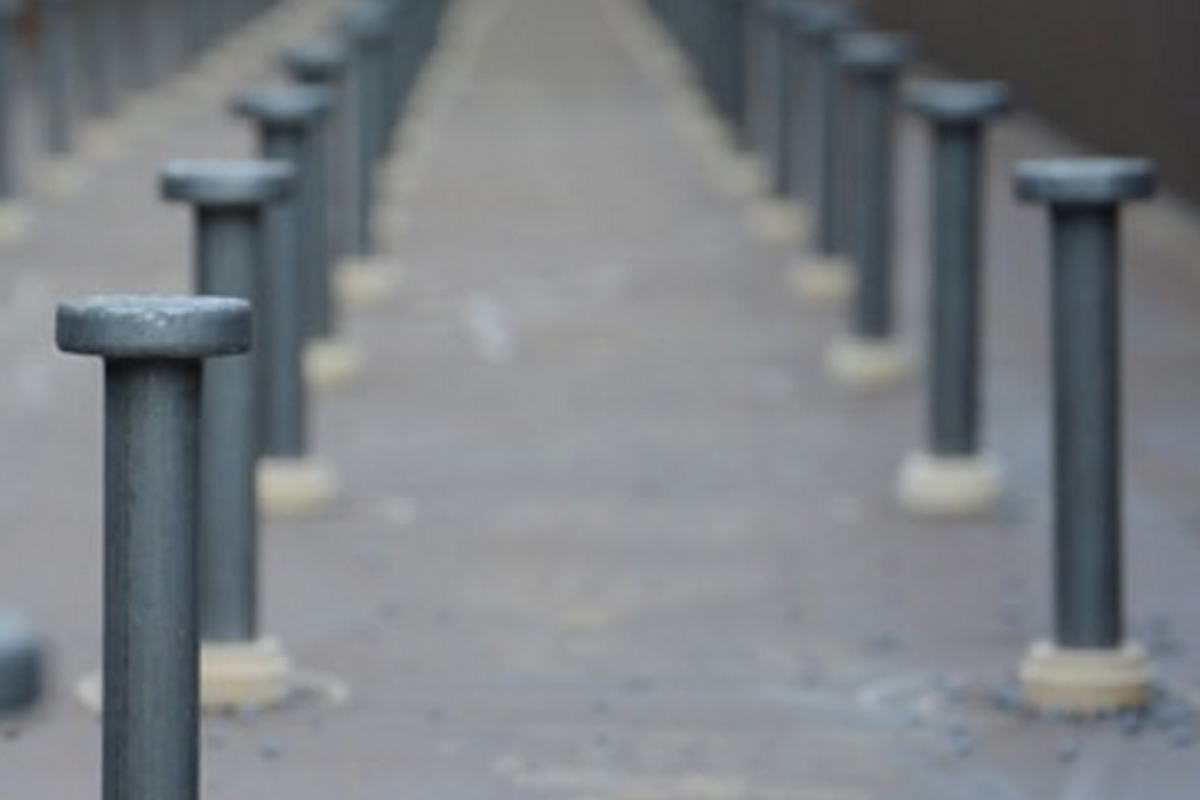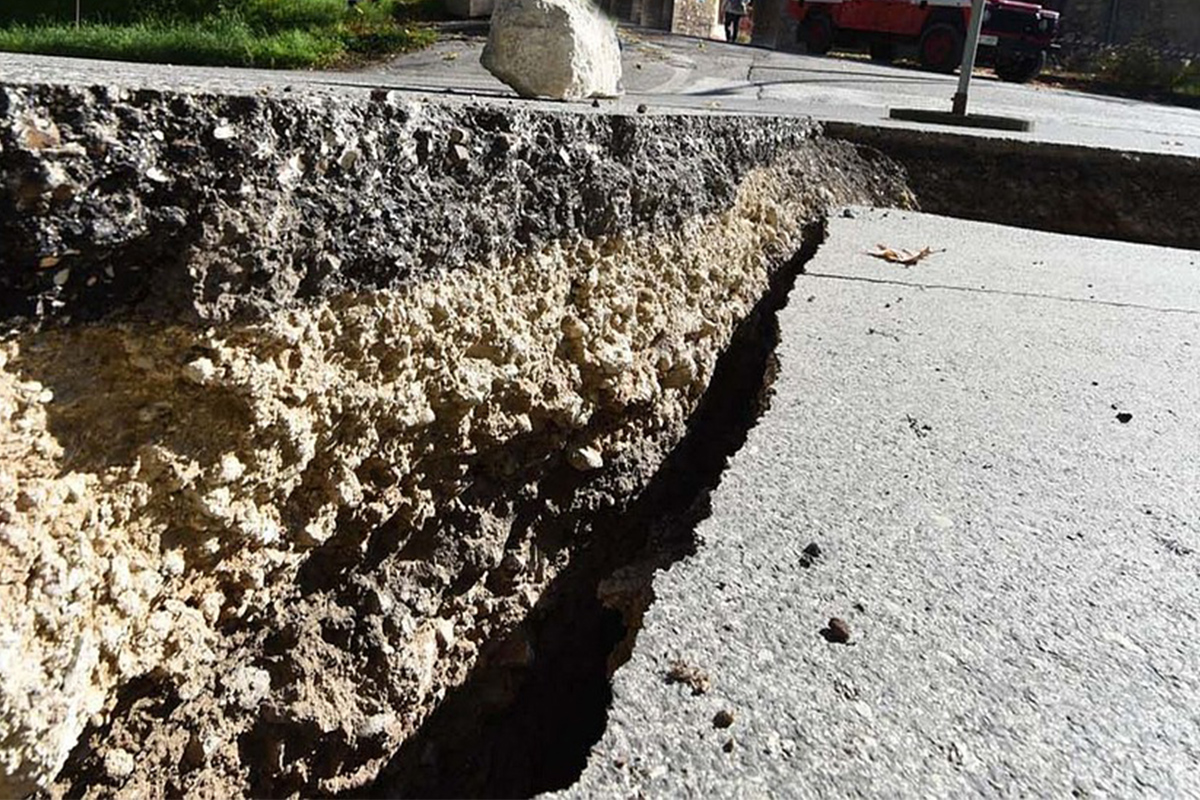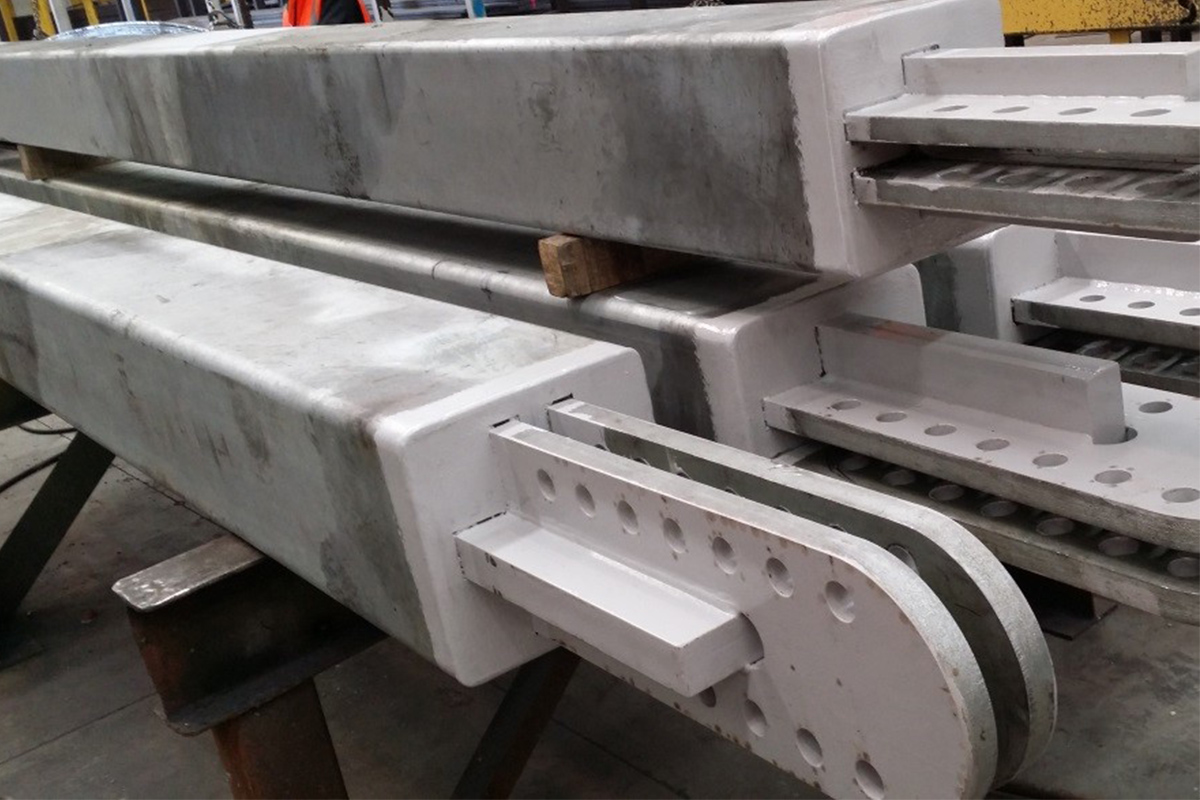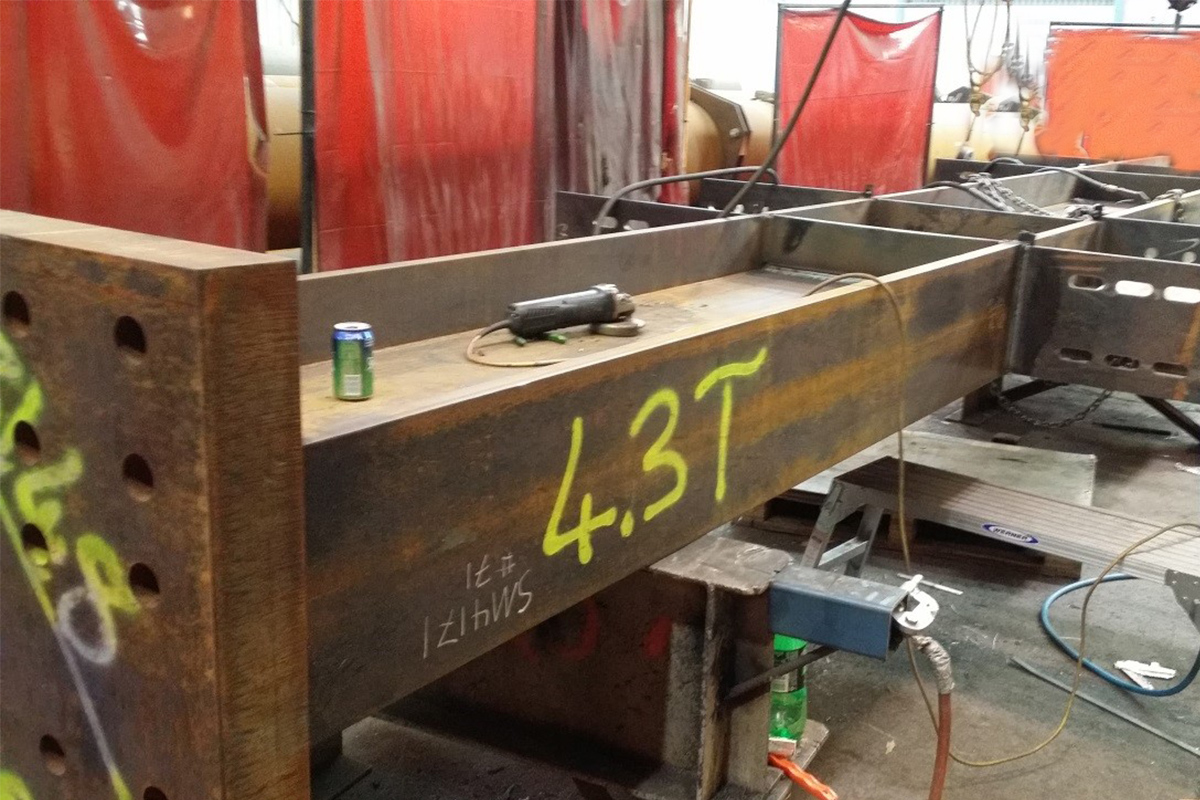Research and development is the life blood that runs through HERA’s veins. We work hard to drive innovation in the heavy engineering industry to create clear pathways of opportunity for our members.
We’re able to deliver value through income generated from several sources, of most significance is the industry contribution we receive through the Heavy Engineering Research Levy Act. This governs us to put research and development at the core of what we do.
Our small team of researchers and key personnel work in collaboration with universities and associations to deliver value to our members. We take research programs on board in structural steel, light gauge steel, composite action, welding, industry capability and business acumen.
For us, innovating through research and development is key. Especially if we want to advance products and services, find smarter and more efficient ways to do things and create a point of difference that sets our industry apart. That’s why we encourage our members to be a part of the journey every step of the way.










